Top cattle breeds for carcass quality, size, efficiency, and more
Top 10 Cattle Breeds for Maximizing Profitability
More than 250 breeds of cattle exist globally. But which of those perform the best and yield a stronger return on investment for producers?
A cow’s breed will have a big impact on its size, weight, reproductive efficiency, and more. Breed types will also affect how much feed an animal needs, which can shift production costs and your bottom line.
There are over 70 established cattle breeds in the United States, accounting for more than 28 million beef cows as of the beginning of 2024. Here’s a look at some of the top cattle breeds that U.S. ranchers can consistently rely on.
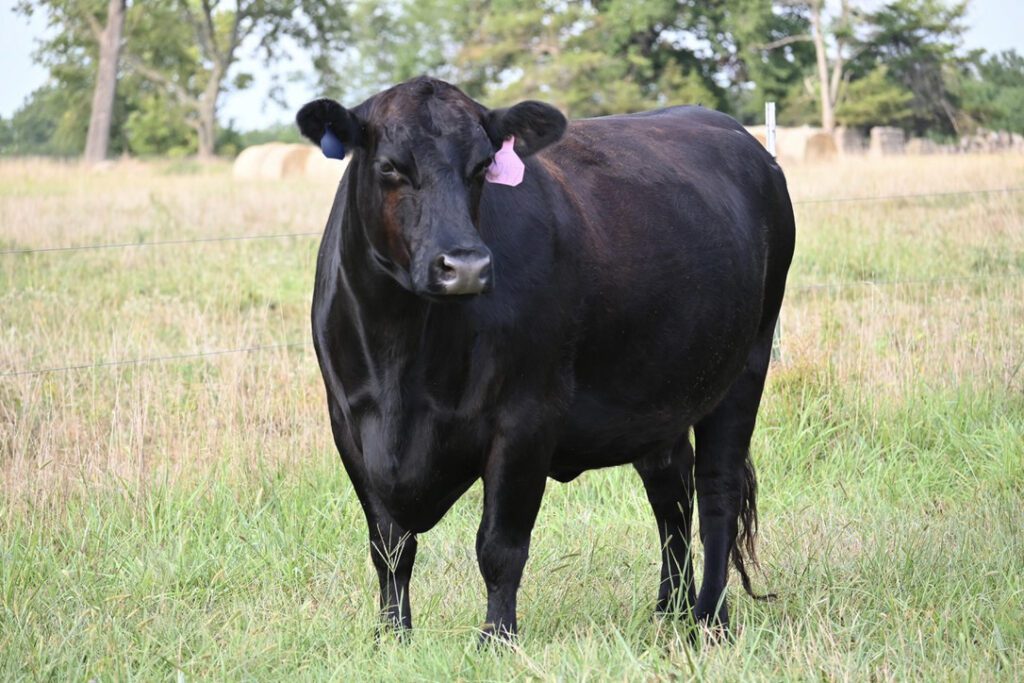
Angus is the most common American beef breed, and maybe the most well-known by the general public. Well over 300,000 Angus cattle are located throughout the U.S., especially in Montana, Kansas, Nebraska, and Texas.
Angus cattle traits include good fertility, natural marbling, strong carcass size, and resilience in various weather conditions.
Raising Angus cattle can also boost producers’ profitability. These cattle are known for producing well-marbled, flavorful meat, which means Angus beef is in high demand from both everyday consumers to high-end restaurants.
Many beef-eating consumers in the U.S. prefer Angus beef over other types. Certified Angus Beef (also known as CAB) is a popular segment of the beef industry. Beef that qualifies meets several quality standards and comes from cattle that are at least 51 percent solid black. (That’s where the term “Black Angus” comes from.) All that consumer demand means producers can often earn top dollar when selling their beef.
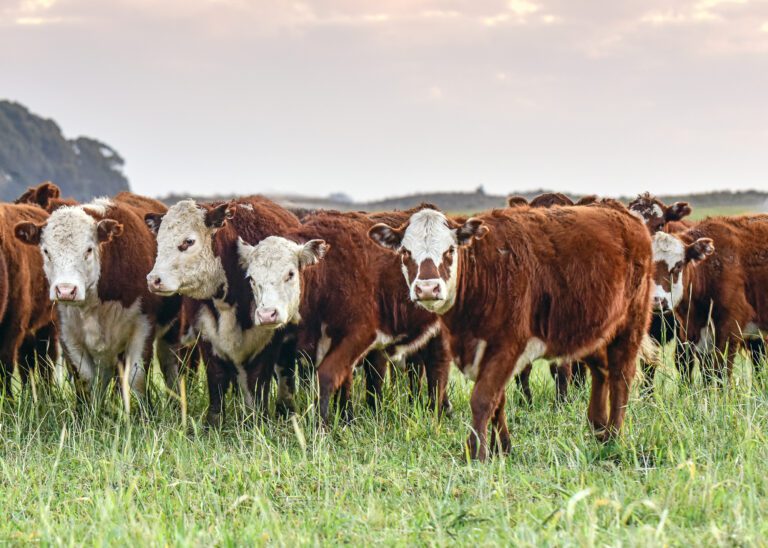
Hereford
Hereford cows represent one of the oldest cattle breeds in the world. They originated in England in the mid-1700s and have been an integral part of the global cattle story ever since.
These cattle are known for their size: mature bulls can weigh up to 2,400 pounds. In fact, some Hereford bulls in the 1700s and 1800s even topped 3,000 pounds. Although those weights aren’t the norm now, these cattle still have the genes for size. For producers, this means higher quantities of beef to sell.
Regarding appearance, Herefords are usually dark red with white faces, and sometimes have other white markings on their bodies.
They’re tough and can naturally withstand harsh climates. Herefords also usually display high feed efficiency, docile temperaments, and longevity.
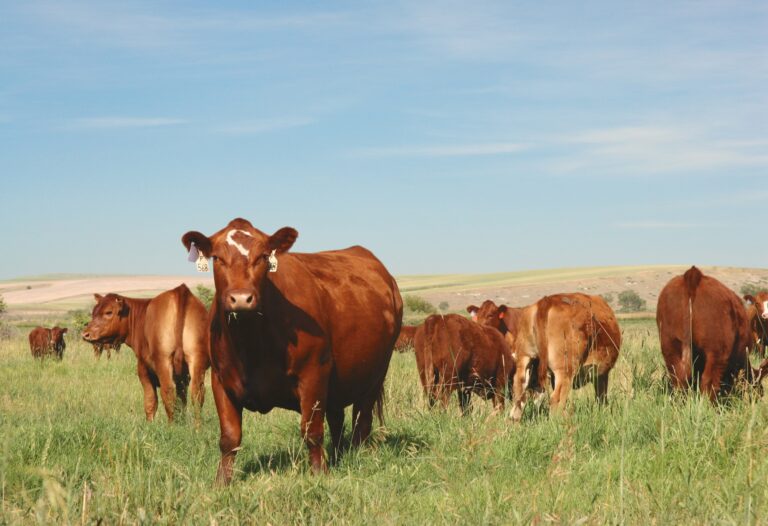
Simmental
Simmental cows are some of the most popular in the world. There are more than 40 million across five continents.
Simmental cattle generally have large frames and high muscle composition — in other words, the foundation for high beef yields. Other high-value traits of this breed include strong growth rates, longevity, and high feed efficiency.
Although Simmentals worldwide can be lighter in color, those in the U.S. are commonly black or red.
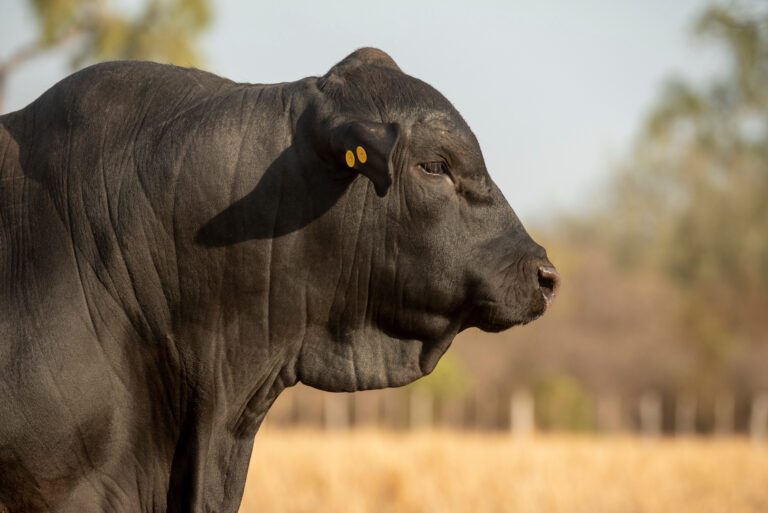
Brangus
Brangus genetics are a mix of the best traits from Angus and Brahman cattle (thus the name). If a cow is registered as a Brangus, it must be solid black, and its genetic makeup is ⅜ Brahman and ⅝ Angus.
This combination has led to good carcass quality, high fertility, and strong milking ability in Brangus cows.
Even under stressful conditions, like humidity or high temperatures, Brangus cattle tend to be resilient — good news for producers in hot or wet regions. They also have strong disease resistance, making Brangus cattle good choices for various operations.
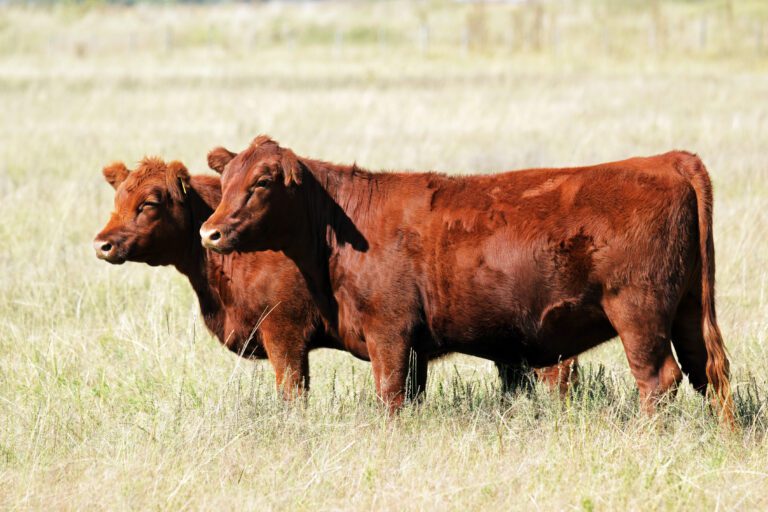
Red Angus
Similar to Black Angus, Red Angus cattle offer the possibility for high-marbling, quality beef. Producers often enjoy how easy it is to work with Red Angus cattle. Females display early maturity, high milking rates, and strong maternity traits.
There are some aesthetic differences for Red Angus cows, including the signature reddish-brown coat color. Despite the color difference, these cows have a lot of the same high-value genetics as black Angus cattle.
These traits have turned Red Angus cattle into a much more popular breed. In fact, the number of these cows in the U.S. tripled from the mid-1980s through the mid-1990s, and the breed’s semen is one of the top exports from the U.S. today.
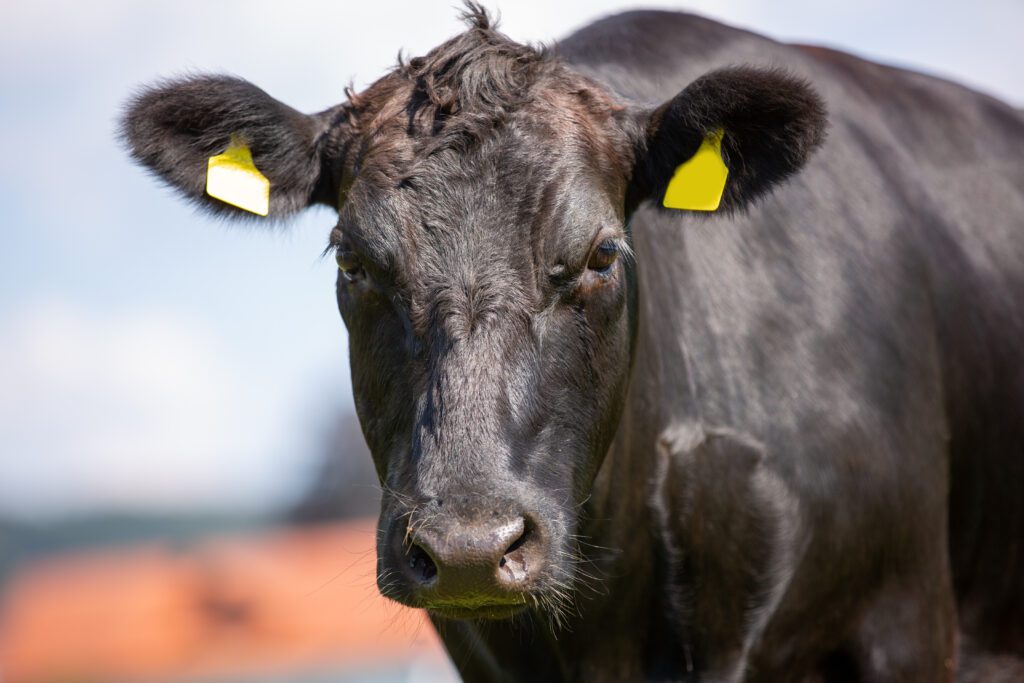
Wagyu
Compared to other breeds of cattle, Wagyu is a relative newcomer to the U.S. It’s native to Japan and first arrived on American soil in the 1970s. The American Wagyu Association wasn’t founded until 1990. Since then, it’s become one of the fastest-growing beef breeds in the U.S.
Similarly to Angus, Wagyu is a name consumers recognize, and many are willing to pay more for it. Wagyu beef is considered top-quality, which is worth a premium. And that’s good news for Wagyu producers wanting top dollar for their beef.
The traits of Wagyu cattle include high marbling, which creates tender, juicy meat. The animals display high fertility rates, easy calving, early female maturity, and adaptability to different environments.
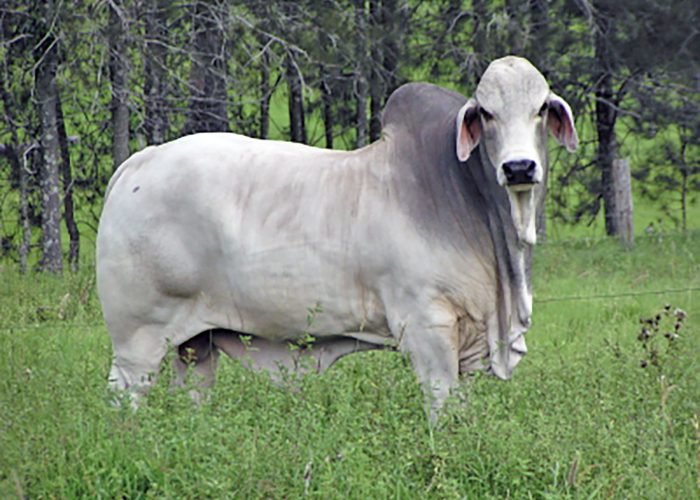
Brahman
Brahman cattle are particularly resilient in hot, humid weather thanks to their short and glossy coats, sweat glands, and loose skin. These traits have made Brahmans one of the top cattle breeds within the South and Southeast states of the U.S.
Brahman cattle stand a better chance of success in states like Louisiana and Texas, where temperatures can sometimes be extreme. If you’re a producer in a colder-climate region, having an enclosed space to house this breed during the winter can be helpful.
Brahmans also have higher resistance to insects — a big plus in hot, humid regions.
Beyond their adaptability to harsh environments, Brahman calves also grow quickly, helping boost early finishes.
You’ll be able to distinguish Brahman cattle by the hump on their shoulder and neck.
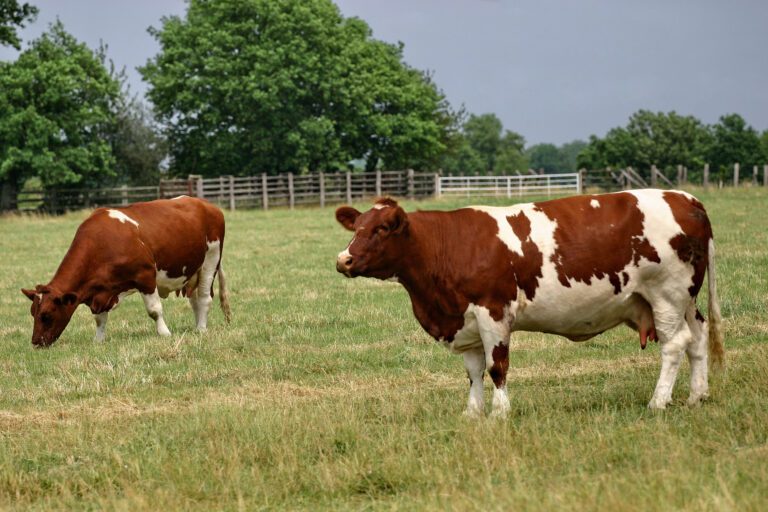
Maine-Anjou
Originating in France, the Maine-Anjou breed was brought to the U.S. in the late 1960s. It’s one of the larger-framed breeds, with mature bulls weighing in between 2,200 and 3,100 pounds.
Some of the Maine-Anjou’s top traits include good feed efficiency and muscle mass. Maine-Anjou cattle can be a smart crossbreeding choice for producers who want to select for more size in their herds.
Maine-Anjou cattle also offer strong milk production, making them a solid dual-purpose breed for producers who want to diversify their income.
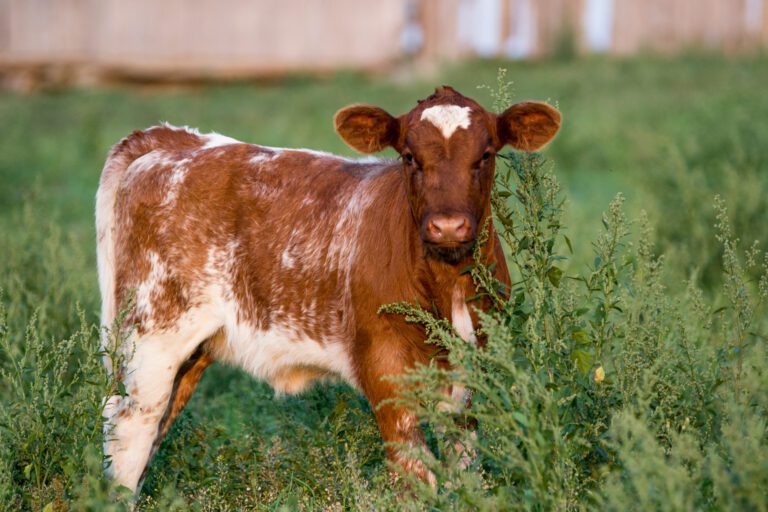
Shorthorn
Shorthorns are a strong breed with high reproductive rates, making them a great choice for growing the herd quickly.
Fast, optimized growth is a key part of the Shorthorn’s story. They show high feed efficiency, both in dry and cold conditions. Beef carcasses are usually balanced, with strong marbling and moderate size.
The Shorthorn cow’s maternal traits also help this breed stand out. Heifers display early maturity, and milk production is strong.
Under the Shorthorn umbrella, breeders have also developed specific varieties, including the Dairy Shorthorn for dual-purpose use, and the Polled Shorthorn, which doesn’t have horns.
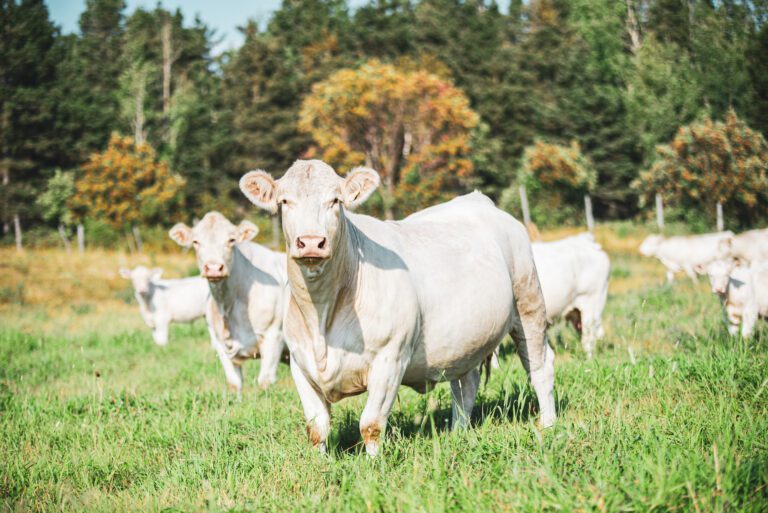
Charolais
If you’re looking for cattle that grow fast and efficiently, Charolais might be the answer. Their frames are generally medium to large, with robust muscle mass. Their feed efficiency is strong, helping your bottom line.
Charolais cattle also display later maturity, which helps with fattening to finished weights. A mature bull may weigh over 2,500 pounds, while cows may weigh up to 2,000 pounds.
Their coats are usually shorter in warm temperatures, then grow longer during winter, making Charolais adaptable to different climates. Most are white, although some red and black Charolais exist too.
Continue building your herd — and keep track of the progress
Among the many breeds of beef cattle, a few breeds stand out as go-to options for progressive producers. These top cattle breeds offer essential traits, from feed efficiency and larger size to climate adaptability and carcass quality, that help producers protect their bottom lines.
Keeping track of all the moving pieces of your herd can be a challenge for even the most organized producers.
If you’re ready to spend less time on paperwork and more time in the pasture, try CattleMax software free for 21 days or schedule a personalized online demo with a rancher team member to see it in action.







